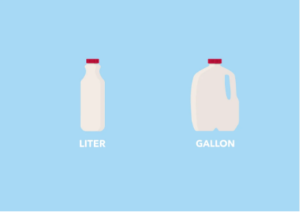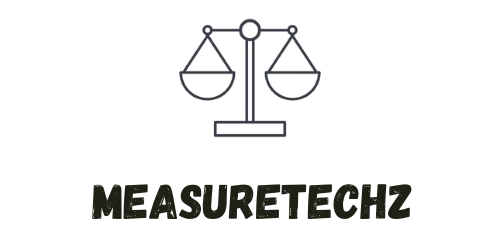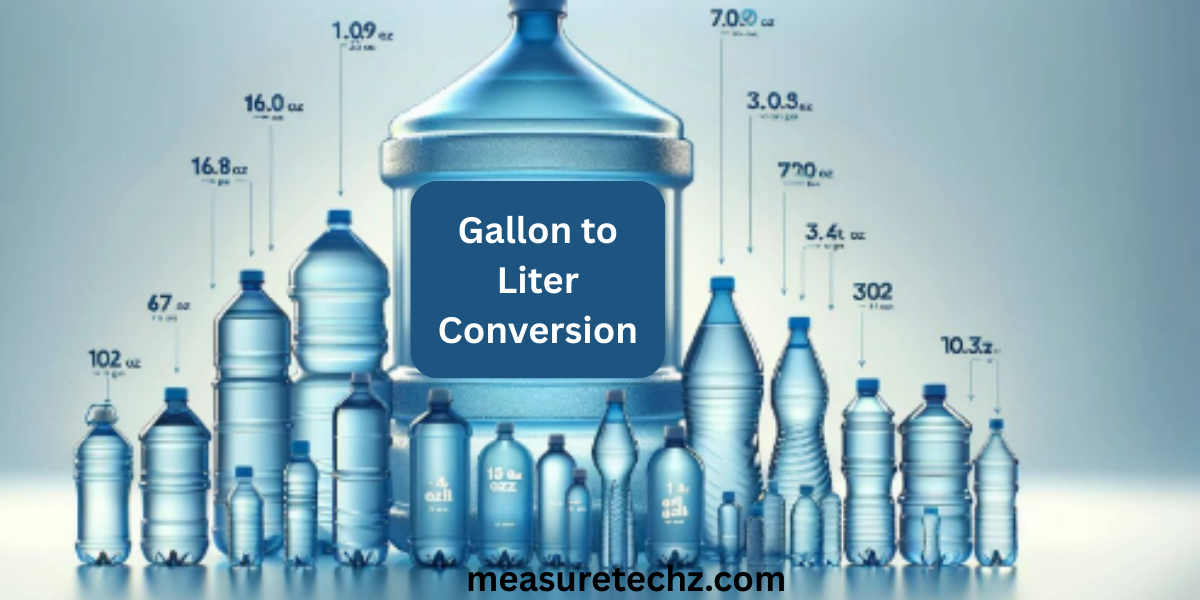Gallon to liter conversion is a fundamental skill in various fields, from cooking and automotive maintenance to scientific research and international trade. Understanding this conversion ensures accuracy when dealing with liquid volumes, especially given the differences between the U.S. and Imperial measurement systems. This comprehensive guide will walk you through the process step-by-step, address common questions, and provide practical examples to solidify your understanding.
Understanding Gallons and Liters

Before diving into the conversion process, it’s essential to grasp what gallons and liters represent:
- Gallon: A unit of volume used in both the U.S. customary and British imperial systems. However, the volume of a gallon differs between these systems:
- U.S. Liquid Gallon: Commonly used in the United States for measuring liquids like gasoline and milk.
- Imperial Gallon: Used in the United Kingdom and some Caribbean nations.
- Liter: A metric unit of volume widely used around the world, defined as the volume of one kilogram of water at its maximum density.
Conversion Factors
The key to converting between gallons and liters lies in the conversion factors:
- U.S. Liquid Gallon to Liter: 1 U.S. gallon equals approximately 3.785411784 liters.
- Imperial Gallon to Liter: 1 Imperial gallon equals approximately 4.54609 liters.
Step-by-Step Conversion Process
To convert gallons to liters, follow these steps:
- Identify the Type of Gallon: Determine whether you’re working with U.S. liquid gallons or Imperial gallons, as the conversion factor differs.
Use the Appropriate Conversion Factor:
- For U.S. gallons: Multiply the number of gallons by 3.785411784.
- For Imperial gallons: Multiply the number of gallons by 4.54609.
- Perform the Calculation: Multiply the volume in gallons by the appropriate conversion factor to obtain the volume in liters.
Example 1: Converting 5 U.S. gallons to liters
- Calculation: 5 gal × 3.785411784 L/gal = 18.92705892 L
- Result: 5 U.S. gallons equal approximately 18.93 liters.
Example 2: Converting 3 Imperial gallons to liters
- Calculation: 3 gal × 4.54609 L/gal = 13.63827 L
- Result: 3 Imperial gallons equal approximately 13.64 liters.
Conversion Table
For quick reference, here’s a conversion table for common gallon values:
| Gallons (U.S.) | Liters | Gallons (Imperial) | Liters |
|---|---|---|---|
| 1 | 3.785411784 | 1 | 4.54609 |
| 2 | 7.570823568 | 2 | 9.09218 |
| 3 | 11.35623535 | 3 | 13.63827 |
| 4 | 15.14164714 | 4 | 18.18436 |
| 5 | 18.92705892 | 5 | 22.73045 |
| 10 | 37.85411784 | 10 | 45.4609 |
| 20 | 75.70823568 | 20 | 90.9218 |
Practical Applications
Understanding gallon-to-liter conversions is valuable in various real-life scenarios:
- Automotive: Fuel efficiency is often measured in miles per gallon (mpg) in the U.S. and liters per 100 kilometers (L/100 km) in other countries. Accurate conversions are essential when comparing vehicle performance internationally.
- Cooking: International recipes may list liquid ingredients in liters or gallons. Converting these measurements ensures culinary accuracy.
- Travel: Renting a car abroad may require understanding fuel volumes in the local measurement system, preventing overpaying or underestimating fuel needs.
Common Mistakes to Avoid
- Confusing U.S. and Imperial Gallons: Always verify which gallon measurement is being used to apply the correct conversion factor.
- Rounding Too Early: For precise calculations, avoid rounding numbers until the final step to maintain accuracy.
- Ignoring Unit Labels: Clearly label your measurements during calculations to prevent mix-ups between gallons and liters.
Tools and Resources
For frequent conversions, consider using:
- Online Calculators: Websites like Inch Calculator offer user-friendly conversion tools.
- Mobile Apps: Numerous apps provide quick conversions and can be handy during travel or in professional settings.
- Conversion Charts: Keeping a printed chart or a bookmarked webpage can be useful for quick reference without digital devices.
Conclusion
Mastering the conversion from gallons to liters is a valuable skill that enhances accuracy in various aspects of daily life and professional endeavors. By understanding the differences between U.S. and Imperial gallons, applying the correct conversion factors, and practicing with real-life examples, you can confidently navigate between these units of volume. Whether you’re planning a road trip abroad, experimenting with international recipes, or engaging in scientific research, this knowledge ensures precision and fosters a deeper appreciation for global measurement standards.

